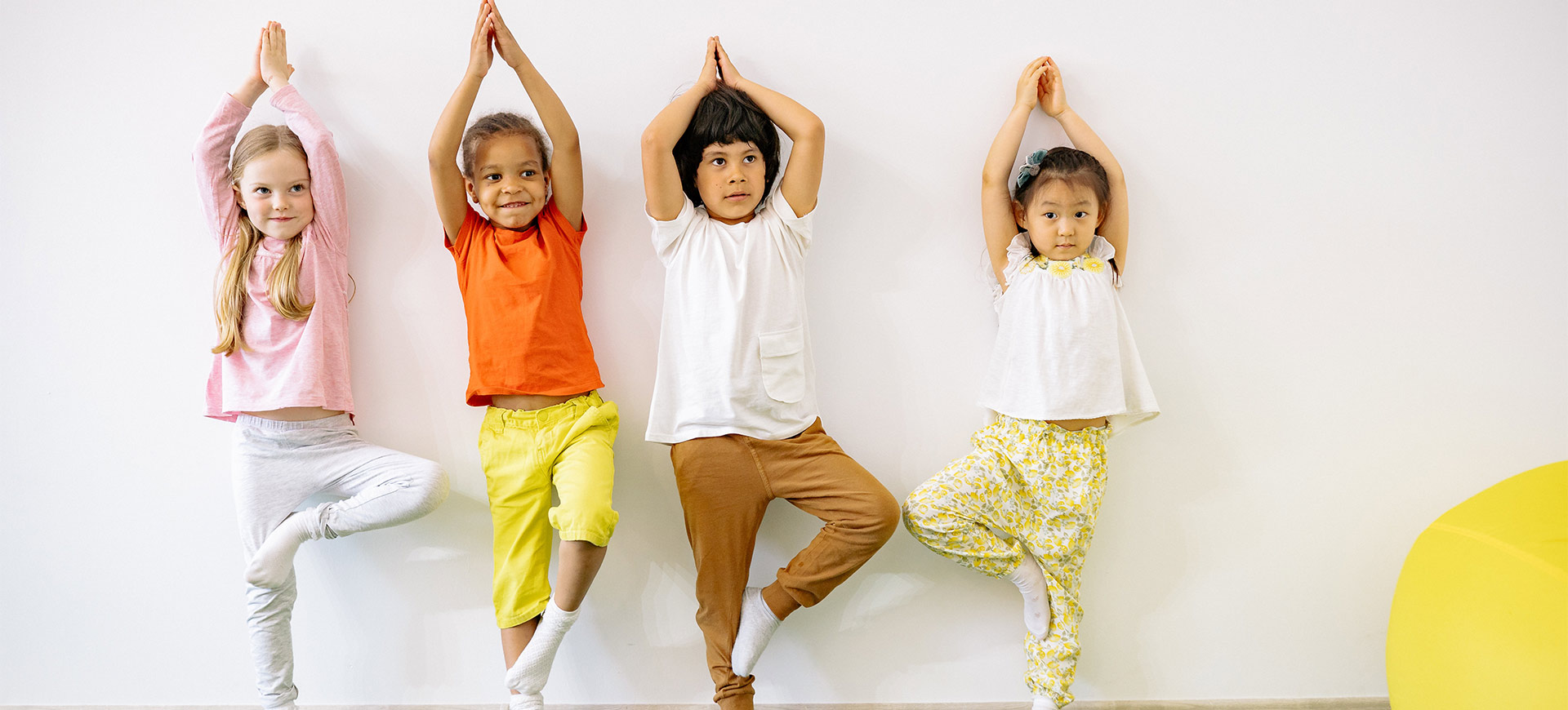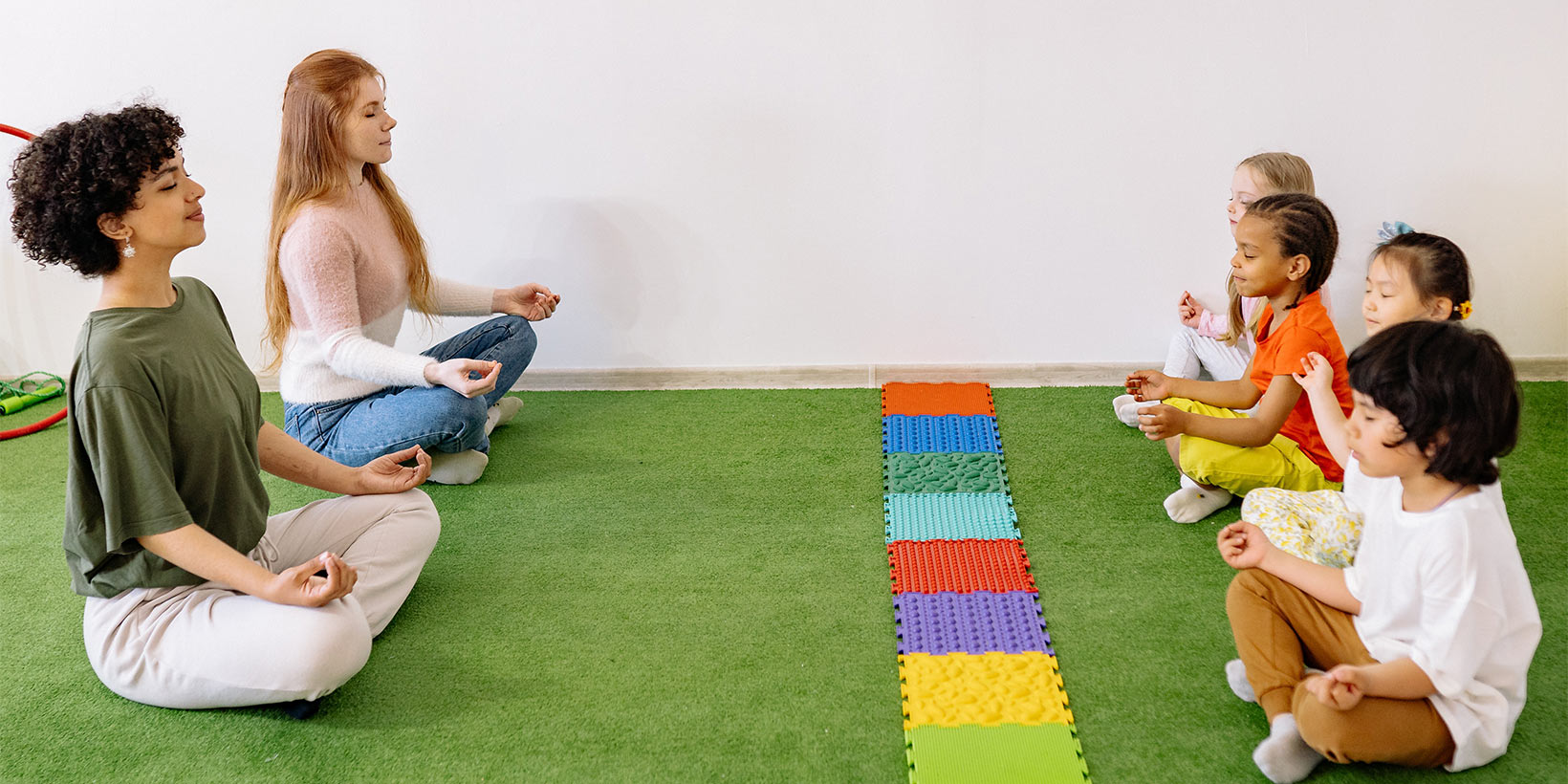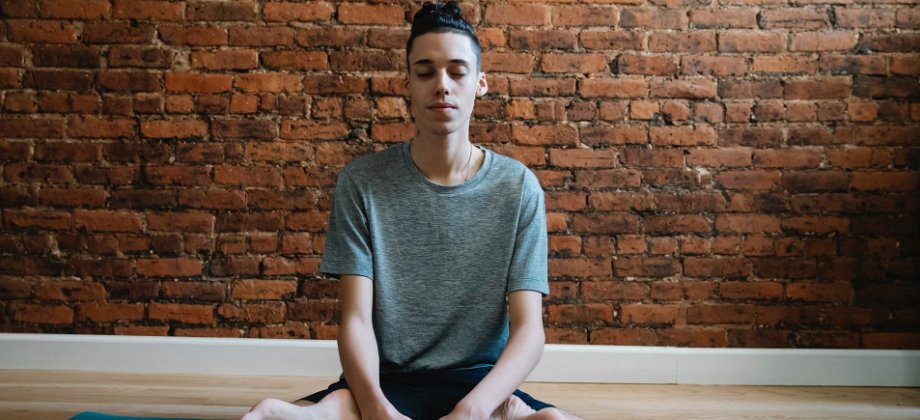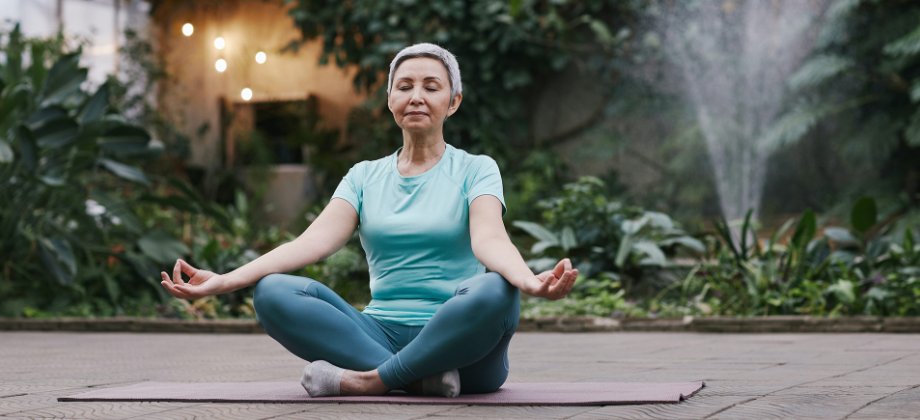
Teaching Yoga to Children: Questions to Help You Keep it Fun and Engaging
Studies have shown that when children practice yoga it can improve motor skills, help them notice and regulate their emotions and even boost their overall self esteem.
Working with children can be some of the most rewarding work you do as teacher, but at first it can seem a bit daunting and the thought of keeping children on a mat for any length of time can seem like the impossible task.
It will definitely involve some diversions from the way you’d teach your adult students, but the great thing is, this gives you a lot more freedom to play!
So, here are some building blocks to keep you grounded as you begin planning classes for mini yogi’s; check in with these questions as you go along to keep your classes fresh and imaginative.
1. Why have you been drawn to teach children?
Like with most things in life, if you’re passionate about what you’re teaching, you’ll be able to bring enthusiasm and creativity to your classes. Not only this, but understanding why you believe yoga is important for children will lead to a clear dialogue between you and your students and create a more vibrant learning environment.
There are so many reasons why yoga is beneficial for children, so have a think about what you want to focus on; why YOU think yoga is great for kids and what you want your students to take from the class.
Once you’ve figured out why you’ve been called to it, think about how that will effect your teaching. Below are just a couple of aims you might have and how you can plan your session around this goal.
- Do you want to encourage mindfulness and bodily awareness? Then incorporate guided breath work and meditation in your sessions.
- Are you trying to create a space where students can have fun and learn something new? Then involve games throughout the class and try to include some of the traditional names for poses.
- Do you believe yoga is a great way for kids to increase mobility, strength and coordination? Then throw in some challenges and encourage them to give it a go, because within a few classes they’ll probably have that tricky pose down!
Planning your session is vital to ensure the room doesn’t descend into chaos, however it’s just as important to be adaptable to the group you have in front of you.
2. How can you think outside of the mat?
Unlike teaching yoga to adults where a series of well structured poses is enough to keep the session flowing, kids will need a few different elements thrown in to keep them engaged throughout the class.
So, don’t feel restricted by the format of a traditional practice and let yourself be creative with it. Here are a few ways you can mix things up to keep it fresh and exciting:
- Create a playlist for each session and use music that is popular at the time (you’ll likely get a few sing alongs if you go for the latest Disney soundtrack!).
- Break up the sessions with stories and games - a great way to do this is to use the traditional Hindu stories and use the characters to represent different poses.
- Have a theme or a story that threads the class together, for example ‘today we’re going on an adventure through the jungle, let’s see what animals we find!’.
- Use partnering to get the students off their mat and working together. This can be as simple as some assisted stretches or using each others bodyweight; it changes up the space and encourages teamwork and problem solving skills.
- Bring in props to help your students find a posture, for example if you want them to curve through their spine like their hugging a beach ball, why not bring in a real life ball and give each of them a turn wrapping their arms around it.
Teaching yoga for children can be fun for you and the students so give yourself freedom to explore!
3. How can you stay curious?
Think of yourself as a student first and you’ll never stop learning and growing as a teacher.
Set some time aside each week to research and read more about yoga philosophy, anatomy, teaching skills and anything else you feel is relevant, and over time the influx of new information will naturally feed ideas for your lessons and keep you excited to share what you’ve learnt.
Someone once said to me ‘to be interesting, you must be interested’ and I think this is totally applicable to teaching yoga. The only way to teach with enthusiasm is to be curious yourself - if you’re not interested, you can’t expect your students to be!

4. What could you do instead?
One thing is for certain, children will be some of your most unpredictable students which can be both exciting and challenging, all at once. Planning your session is vital to ensure the room doesn’t descend into chaos, however it’s just as important to be adaptable to the group you have in front of you.
For example, if you’ve planned a guided relaxation at the beginning of the class and the students come in bouncing off the walls, maybe ditch the meditation and jump in with a game to expend a bit of that energy.
Children don’t hide their emotions so, read the room and have a few backups up your sleeve just in case.
Final thoughts
So, you’ve got your class lined up, you’ve planned an exciting session to share with your little yogi’s, next step . . . breeeeeath.
It’s sure to be a learning curve at the beginning but over time, you’ll develop your own tricks and methods. Remember, encouraging a sense of play in the studio is a prerequisite to empowering your students to give anything a go without fear of failure.
Not only this, but it allows the teacher to shed any need to deliver a ‘perfect class’ (something that doesn’t really exist anyway), and teacher and student alike can relax into this opportunity for some focussed and embodied playtime.
Prepare, plan and enjoy the ride, it’s sure to be an exciting one!






